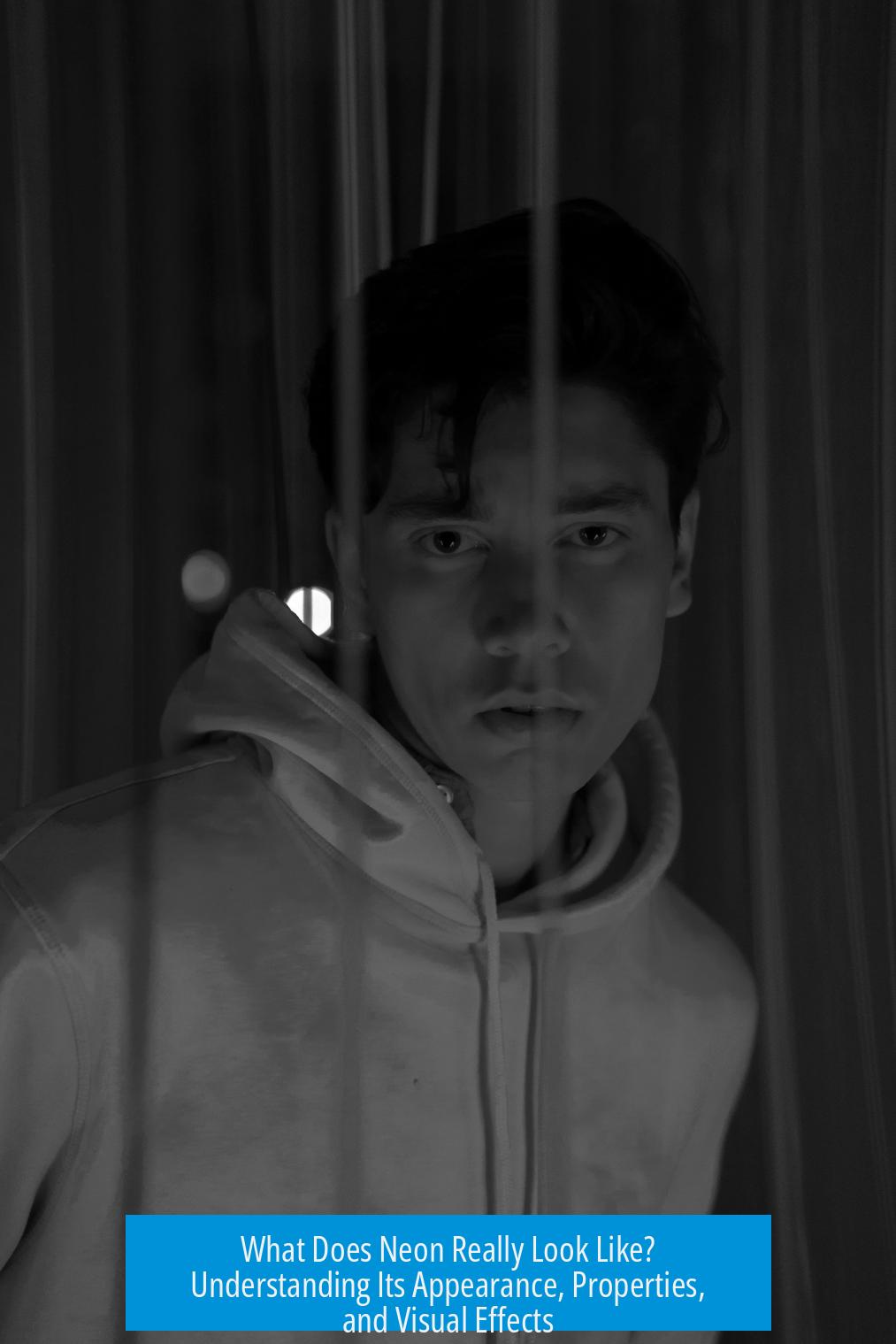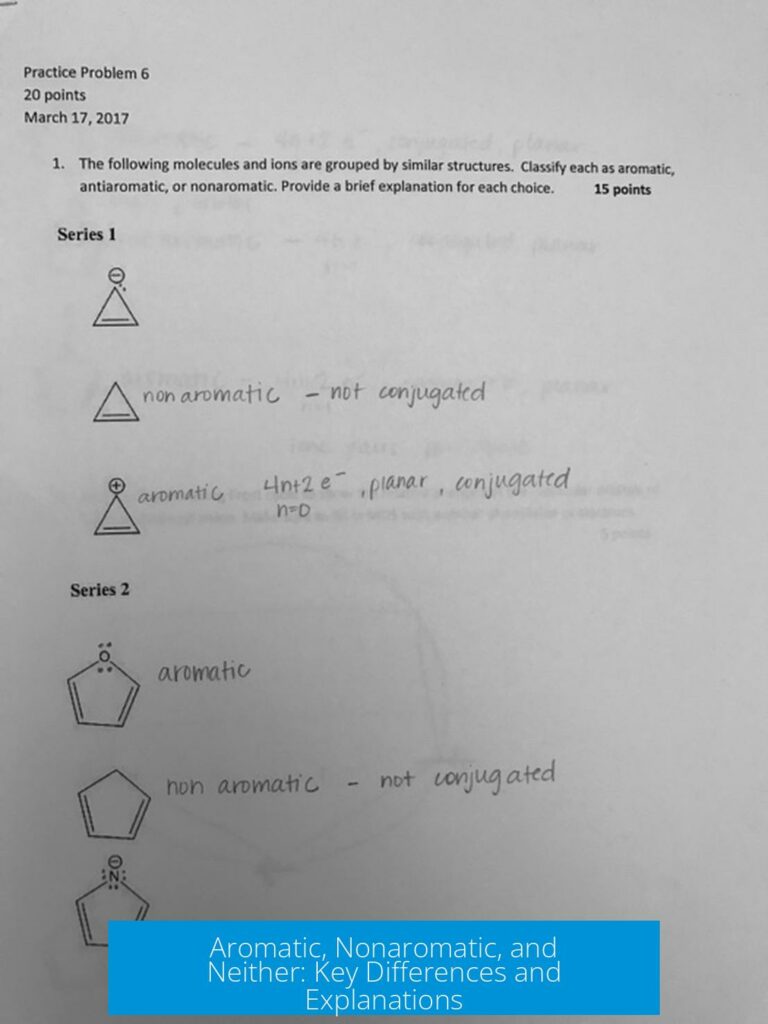What Does Neon Really Look Like?
 Neon in its natural form is a colorless, odorless gas. It appears invisible under normal conditions, but when electrically excited, it emits a distinctive bright red-orange glow. This visual transformation is central to neon’s popular use in lighting.
Neon in its natural form is a colorless, odorless gas. It appears invisible under normal conditions, but when electrically excited, it emits a distinctive bright red-orange glow. This visual transformation is central to neon’s popular use in lighting.
Physical Appearance in Different States
In its standard gaseous state at room temperature and pressure, neon is clear and colorless—much like helium. Liquid neon closely resembles liquid helium, appearing as a colorless substance with low viscosity. This liquid form exists only at extremely low temperatures near 25 to 27 kelvin (around -248 to -246 °C), making it rare and difficult to observe in everyday settings.
Phase Behavior
Neon’s phase depends on temperature and pressure. Its phase diagram shows neon as a solid, liquid, or gas, with gaseous neon at room temperature and low pressure being the most common state. The liquid state occurs only under low temperatures below 27 K, and solid neon forms at even lower temperatures or higher pressures. This behavior is bounded by neon’s critical point at about 44.4 K and 2.68 MPa.
Optical Properties and Fluorescence
Neon is colorless when unexcited, but under an electric current, it emits light by fluorescence. Electrons in neon atoms get excited to higher energy levels, then drop back to lower levels, releasing photons. This emission produces the vivid red-orange glow seen in neon signs and lighting applications.
Phosphorescence and Visual Effects
Though neon primarily fluoresces, some substances show phosphorescence, where emission of light persists after excitation ends. Neon itself does not phosphoresce noticeably. This property distinguishes neon’s quick, bright glow from glow-in-the-dark materials, which emit light slowly over time.
Chemical Reactivity and Interest
Neon ranks as one of the least reactive elements. It shows very limited chemistry, contributing to its dullness in chemical appearance but ensuring stability in lighting and scientific uses.
Key Takeaways
- Neon is a clear, colorless gas under normal conditions.
- Liquid neon is colorless but exists only near 25-27 K, extremely cold temperatures.
- A characteristic red-orange glow appears when neon gas is electrically excited.
- Neon fluoresces quickly; it does not phosphoresce significantly.
- Its chemical inactivity makes neon stable but visually modest until excited.
What color is neon in its natural, unexcited state?
Neon is colorless when not excited. In its natural state, as a gas or liquid, it appears clear and without color.
Why does neon glow in signs and lights?
Neon glows due to fluorescence. When an electric current passes through neon gas, its atoms become excited and emit visible light.
How does neon’s physical appearance change with temperature?
Neon transitions from gas to liquid near 27 K. As a liquid, it is colorless and has low viscosity, similar to helium.
Does neon exhibit phosphorescence like some other materials?
Neon primarily fluoresces. It doesn’t exhibit notable phosphorescence, which is a slow glow after excitation stops.
Is neon reactive or chemically interesting?
Neon is extremely unreactive. It is one of the least reactive elements, showing very limited chemical activity.





Leave a Comment